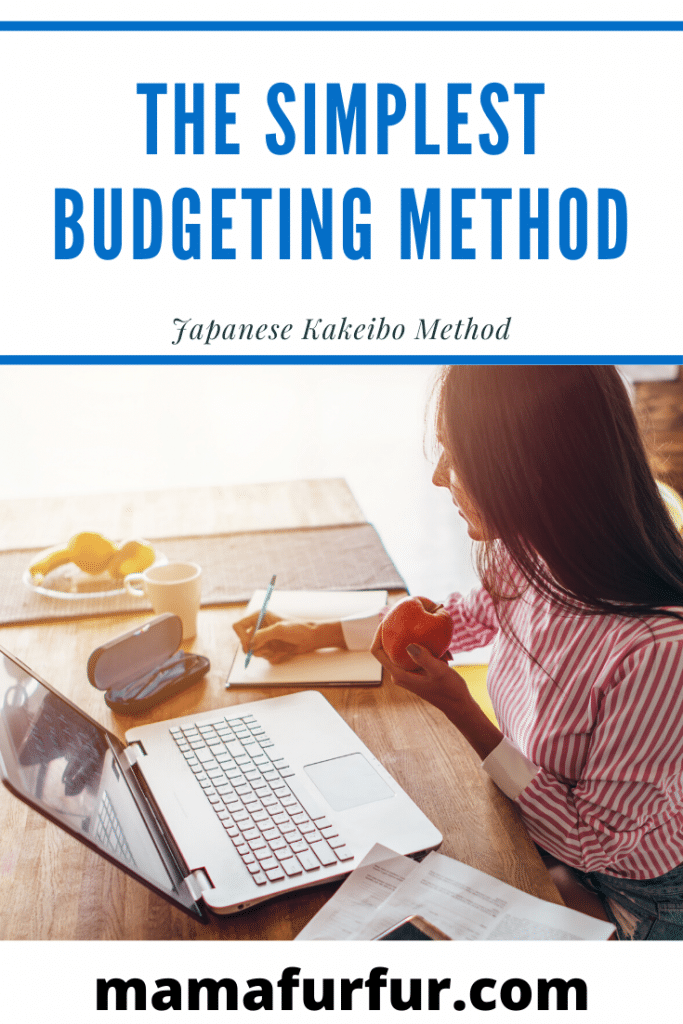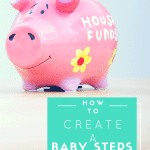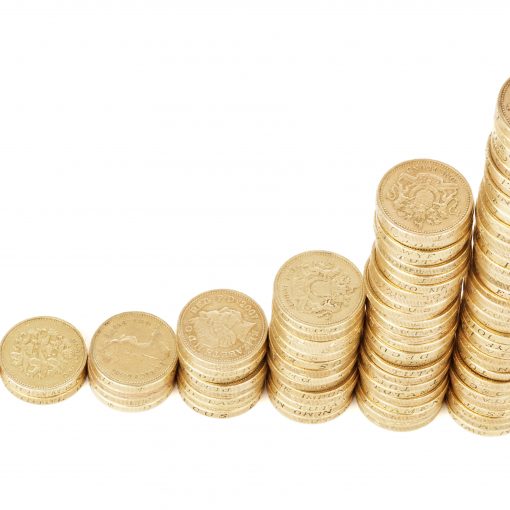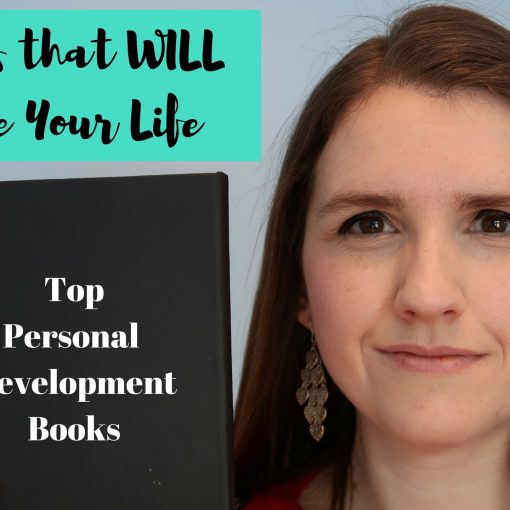 Kakeibo is an old Japanese budgeting and saving method that is becoming more and more popular in the recent age where we might assume people enjoy the “cash less society”.
Kakeibo is an old Japanese budgeting and saving method that is becoming more and more popular in the recent age where we might assume people enjoy the “cash less society”.
It combines the popular mindfulness techniques of journaling, being present with our choices and then analysing our steps towards our goals every week or month.
This technique is very simple to understand, focusing on saving money and working towards financial goals in small monthly steps, and why it is ideal for those new to the money management choices of creating a budget and focusing on their financials with purpose.
On this blog, we preach financial resilience and freedom – I don’t just preach it and believe that you should have a main day job and side businesses to allow you to weather any storms in life, I live my life with this philosophy too.
There are many budgeting styles out there, but I wanted to share with you today a simple way to get started and the method that I use as a basis for my own.
What is Kakeibo?
The simple mindful practice of Kakeibo, an old Japanese Method for managing money, is to create an accountability ledger of your money being spent and saved every week.
We have to know where we are so we can know how to get where we want to be i.e. in control of our finances and with a plan for how to spend and save, and that is the purpose for this method that requires manually recording and considering our finances.
It was created back in 1904 by Japanese journalist Hani Motoko to break down our money habits in a few simple areas.
It looks at essentially how much money we bring home every week or month; how much money we would like to save towards our financial goals; how much money we spend every week or month; and then the breakdown of this allows us to analyse further how we would like to be spending and saving and make changes.
How does Kakeibo work?
The method is based on the commitment to log and record by hand every money transaction that we make, and then to categorise our spending into four separate sections.
These are:
- Needs – the essentials such as your mortgage or rent, food, transportation and ensuring you are safe and secure every day.
- Wants – Items you enjoy and bring happiness but not essential to living. This can be takeaway lunches at work, the latest gadgets etc.
- Culture – developing your character with visits to art galleries, theatre, traveling etc
- Unexpected – medical emergencies, transportation fixes etc where the cost has been not planned for but needed to be made.
The purpose of the categories is to be more considered with your purchases and spending habits and drive choices with our money that are in line with our goals, rather than impulse.
As you can see very clearly, the focus is on money mindfulness and ensuring the items bring us as much joy and purpose as possible, whilst also allowing for life to be filled with experiences.
They say power comes from simplicity as you can clearly see with this method and the limited categories for how we are spending our money, it strips back our budget into the main key areas that allow us to take a step back from our natural spending everyday habits.
How to start your first Kakeibo budget today?
At the start of the month, create your initial budget by calculating your total household income and then deducting your expenses.
From that amount you create a Spending and a Savings goal.
If you were to add up all four of those money amounts (Income, Outgoing, Save and Spend) you will arrive at your household income once again.
With the monthly spending goal section, now use this to create a WEEKLY spending amount (simply divide by 4 or 5 depending on the number of full weeks in the month).
Next step is then to begin your week ahead tracking every purchase and noting the category it falls under as we mentioned above.
Ideally track this in real time, I use a small notebook that fits in my purse, and take it out with your pen and record as soon as you have made the purchase.
This extra step when making a purchase adds in a very important element of checking to make sure we are happy with spending the money, and also adding a level of responsibility for every money spend we make each week.
Monthly Calculations to complete with Kakeibo
At the end of the month, you will then using the information about how much money you have spent in the four spending categories, calculate the total spend on the individual areas.
Also you work out your total spend in the month and compare it to your savings goal.
If you managed to achieve or spend less than you predicted Weekly Spend budget, then you will have easily met your monthly saving target.
If you overspent, then it is time to look at the different categories that had money spent on them and look for areas that might have been improved.
There is no right or wrong way to do this, however the main step is not feeling guilty about past money spends but rather use the information to create either a achievable spending and saving budget for the next month, or put new habits into place to try again.
What sort of goals could I achieve with my money?
Hands down any budget and any one can achieve and work towards financial freedom (living off the interest of your investment for life) or even retiring early with some simple money strategies.
For example, to inspire you – If you were to start from the age of 18 and save only £100 a month consistently until your 55th birthday into a Investment ISA (so £1200 total a year out of your £20k maximum), you would have £446k in savings to retire at age 55 if we used a modest rate of return of 10%.
This amount would generate roughly £44k pre-tax wage for you to live on, if the market returned at least that constant rate of return (no guarantees remember, but good to aim for).
Let’s say then you are age 35 right now and wish to be draw that same £44k wage a year too at age 55 retirement, that would require instead £600 a month.
So you can see how easily when time is on your side, you can become rich, but also you can easily get there even if your budget allows.
For example another way, if you were to save 10% of your income each month into that same Investment ISA with 10 YoY Growth, in 20 years you would have produced your same income through passive income from the profit on your ISA.
That means in 20 years, you can give up work if you are able to make ends meet with your current wage or less.
Increase those monthly contributions by 10% each year, and you cut that time down to 11-12 years from when you start.
Everyone can do this, and I know I am personally aiming to max out my Investment ISA contributions to allow us to be financial free as quickly as possible where we can.
As with everything to do with investments, the stock exchange goes up as well as down so there is no guarantees but a great reminder to push you in the right direction.
Interested in finding out more about financial freedom, check out these other posts:
How to Calculate your Financial Freedom Exact amount goal?
How to set Goals that you can achieve
Review Regularly to set on the correct path again
Life happens and anything can come your way and alter your course without warning.
Make a commitment to regularly review your budget and spending, to be sure your habits align still with your goals for financial freedom or even just in life in general.
Take time each week at the start to review spending and saving, and then move to at least once a month to make sure you are celebrating the successes as they come along or noticing where you could do better.
Summary of a Kakeibo Budget
- Commit to track your money for at least a month to know if the process works for you
- Record every money transaction you make, and then categorise under the four main areas where that spending was used for (Such as Needs, Wants, Culture and Unexpected)
- Set financial goals for what you would like to save every week or month, and then look at your spending to readjust how you could achieve them
- Review regularly your spending habits by looking back on your recorded spending notes, and adjust goals or habits as required.
How to use Kakebio successfully
Use it as a money mind fullness tool rather than a tool to make you feel bad about your spending and saving habits.
By adding the element of tracking personally every amount we spend, we know we are going to be more considered with our spending but ensure that we feel good about the money we are using to bring experiences and items into our lives.
It could be the simple budget you are looking for before you try your hand at a more detailed budgeting style such as my own Money Stacks Method.
Always give a simple option a go if you have previously failed with budgeting skills in the past – the simple the better and could be the start of your financial security journey you were looking for!











One thought on “Kakeibo: A Japanese Budgeting for Saving Money that works!”
Hello, First of all, Thank you so much for sharing this amazing information and it’s very impressive and so much helpful for me. Keep it up and once again Thanks.:)